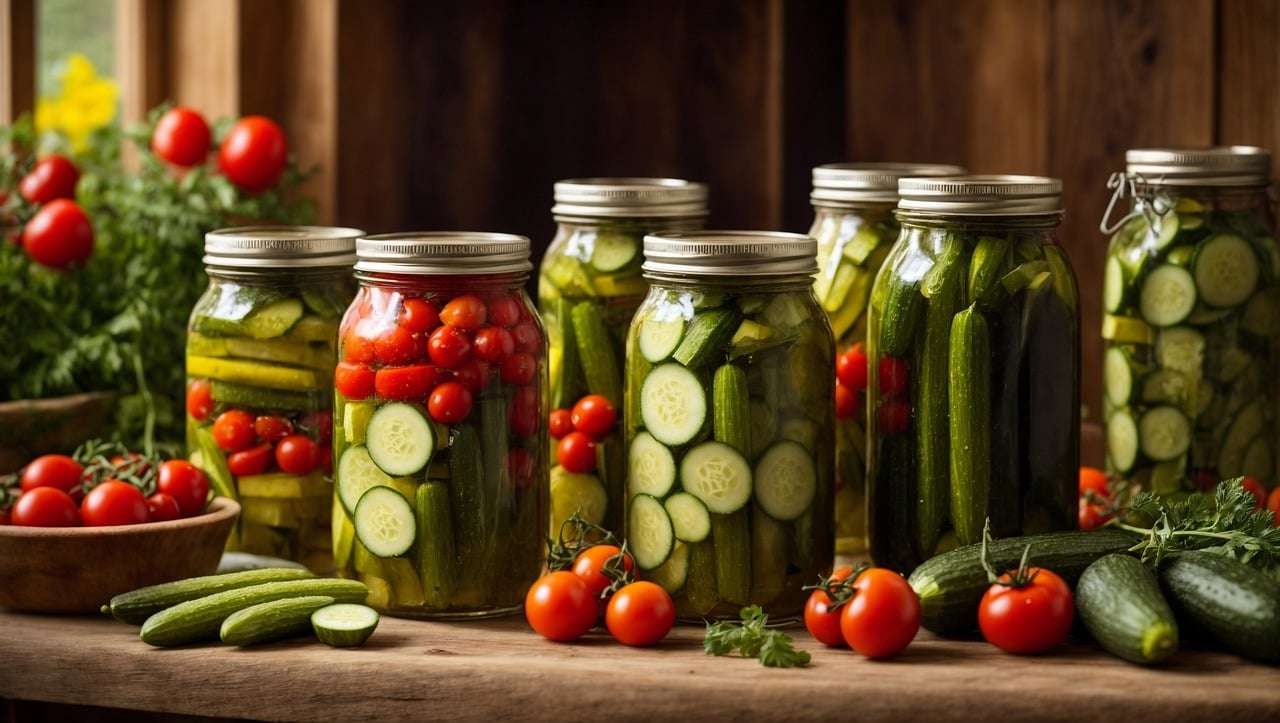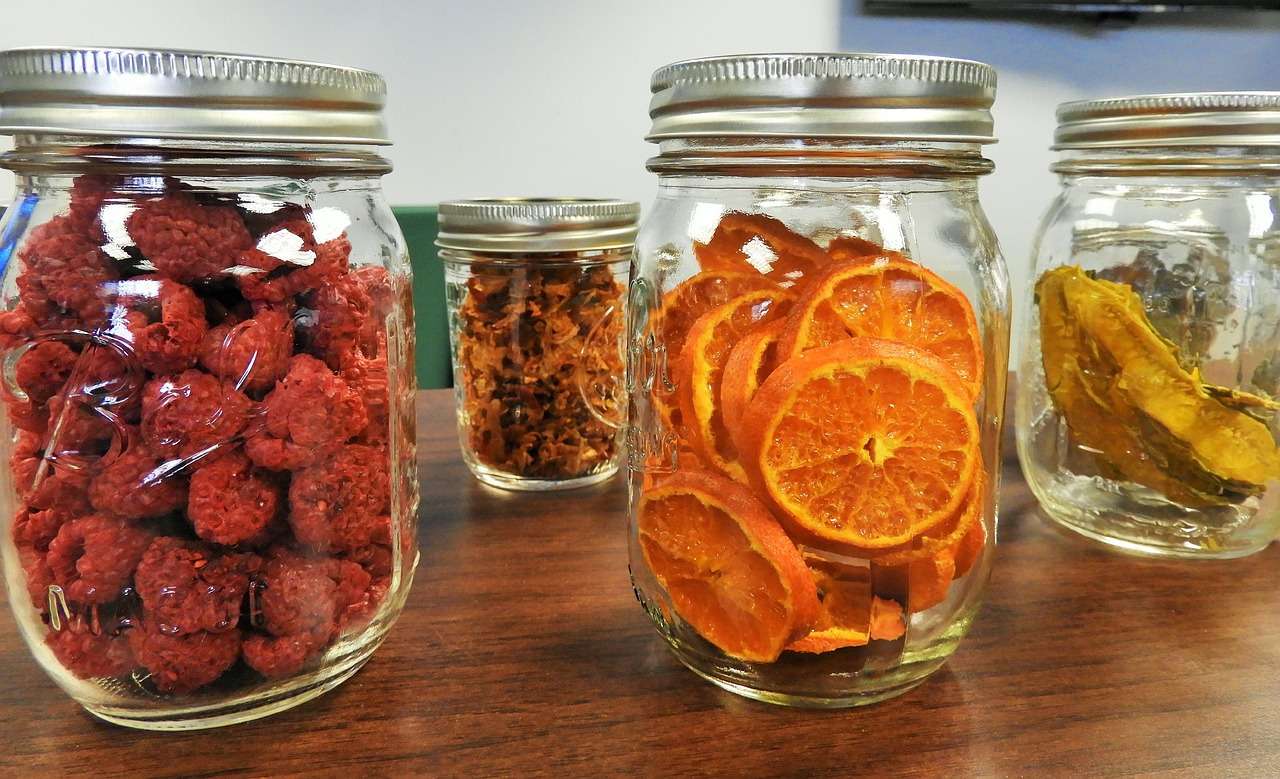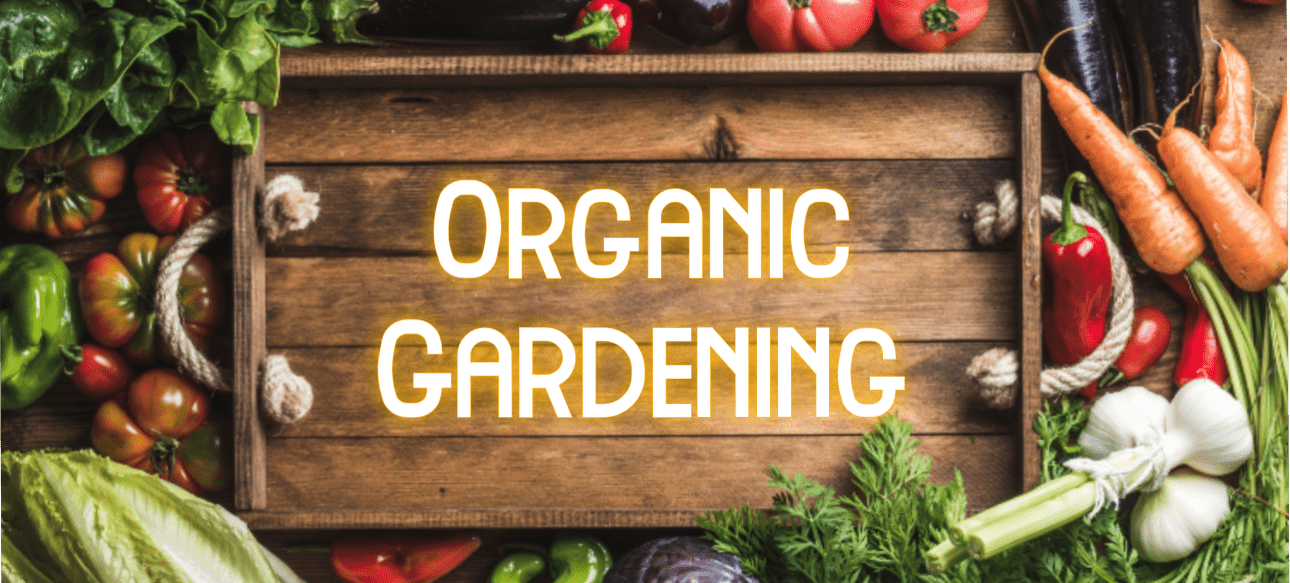
Principles of Organic Gardening
Basically Organic Gardening is the growing of food such as vegetables, fruit, herbs or microgreens using methods that don't include any artificial or harmful chemicals such as inorganic pesticides, herbicides or fungicides. Growers tend to use other methods to control pests, diseases and weeds such as avoiding monocultures and using companion plantings, green manures, composting, mulching and worm fertilizers instead.
Organic gardening has gained popularity in recent years as people become more conscious of the impact of chemicals on their health and the environment. This method of gardening focuses on using natural techniques and materials to grow plants, without the use of synthetic chemicals. On this page, we will explore the numerous benefits of organic gardening and why it is worth considering for your own garden.
In general, organic gardening offers a multitude of benefits, ranging from improved health and environmental protection to cost savings and a deeper connection to nature. By adopting organic practices in your garden, you can contribute to a healthier and more sustainable future. So why not give it a try and experience the rewards of organic gardening for yourself?
The Benefits of Organic Gardening
Health Benefits
One of the primary advantages of organic gardening is the health benefits it offers. By avoiding the use of synthetic chemicals, you can ensure that the food you grow is free from harmful residues.
This means that you and your family can enjoy fresh, nutritious produce without worrying about the potential health risks associated with chemical residues. Organic gardening also promotes biodiversity, as it encourages the presence of beneficial insects and wildlife that help control pests naturally.
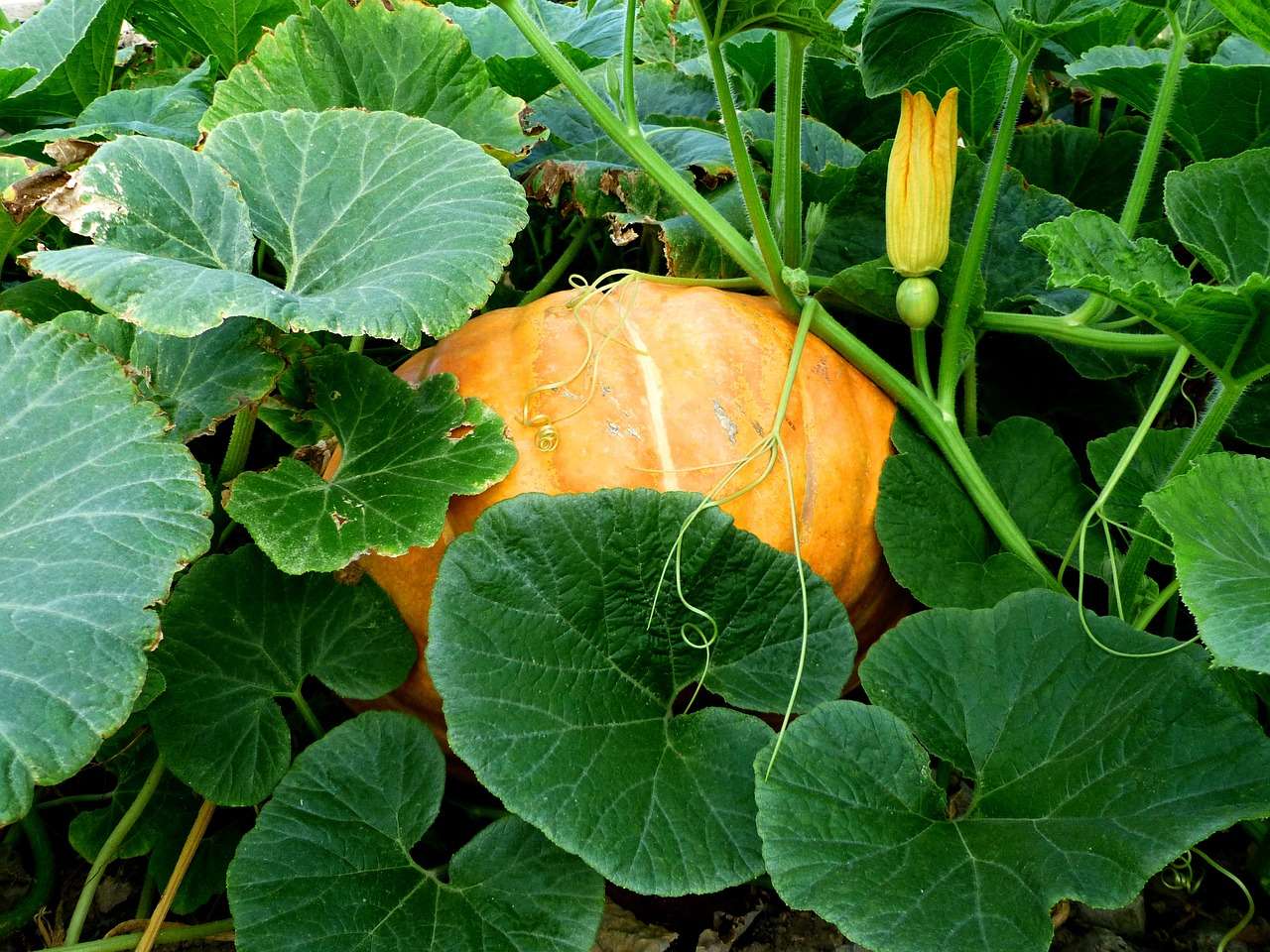

Effect on the Environment
Cheaper Growing Costs!


Getting In Touch With Nature
Organic gardening also offers a sense of satisfaction and connection to nature. By working with natural processes and observing the cycles of growth and decay, you can develop a deeper understanding and appreciation for the interconnectedness of all living things.
Gardening organically allows you to become more attuned to the needs of your plants and the environment, fostering a sense of mindfulness and stewardship.
Sharing the Benefits with Children!
Furthermore, organic gardening can be a great way to teach children about the importance of sustainable practices and the value of nature. By involving them in the process of growing their own food, you can instill in them a sense of responsibility and a love for the natural world.
Organic gardening provides an opportunity for hands-on learning, as children can witness firsthand the impact of their actions on the plants and the environment.
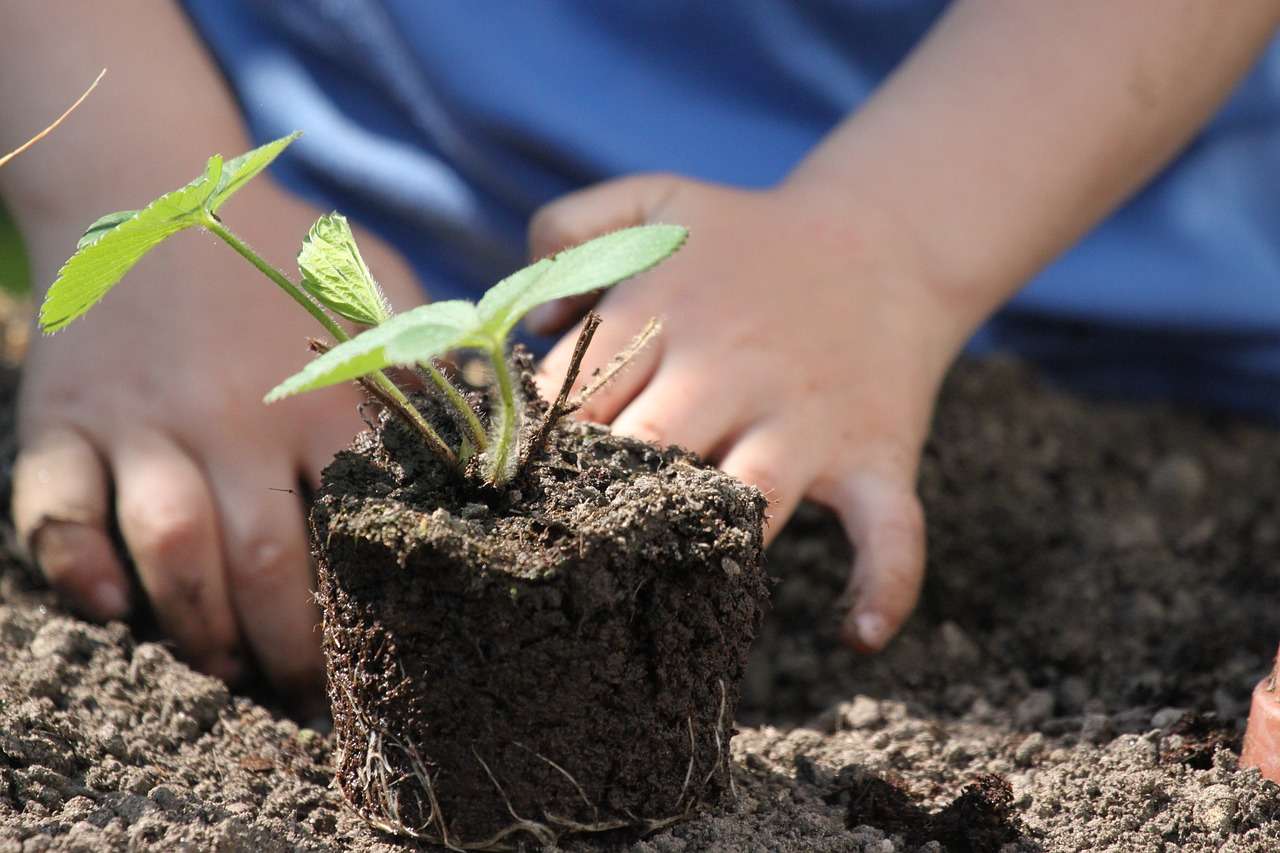
Choosing the Right Location for Your Organic Garden.
When it comes to organic gardening, choosing the right location is crucial for the success of your plants. Factors such as sunlight, soil quality, and drainage play a significant role in determining the health and productivity of your garden. In this article, we will explore the importance of these factors and provide tips on how to assess and improve them if necessary.
Importance of Sunlight:
Sunlight is essential for the growth and development of plants. It provides energy for photosynthesis, which is crucial for the production of food and nutrients. When selecting a location for your organic garden, consider the following:
1. Observe the sun's path: Spend a day in your garden and observe how sunlight moves across different areas. Choose a spot that receives at least 6-8 hours of direct sunlight each day.
2. Avoid shade from buildings or trees: Ensure that your garden is not overshadowed by tall structures or trees that may block sunlight. Trim branches or consider planting shade-tolerant crops in shaded areas.
Soil Quality:
Healthy soil is the foundation of a thriving organic garden. Assessing and improving soil quality is essential for optimal plant growth. Consider the following tips:
1. Conduct a soil test: Use a soil testing kit or send a sample to a local agricultural extension service to determine the pH level and nutrient content of your soil. This will help you understand its composition and identify any deficiencies.
2. Enhance soil fertility: Add organic matter such as compost, well-rotted manure, or leaf mulch to improve soil structure, nutrient content, and water-holding capacity. Regularly incorporate organic matter into the soil to maintain its health.
Drainage:
Proper drainage is crucial to prevent waterlogging and root rot. Assessing and improving drainage in your garden is vital for plant health. Consider the following suggestions:
1. Observe water accumulation: After rainfall or watering, observe how water accumulates in different areas of your garden. Avoid low-lying areas prone to waterlogging and choose well-drained locations.
2. Improve soil drainage: If your soil has poor drainage, consider incorporating organic matter or coarse sand to improve its structure. Raised beds or container gardening can also be effective solutions for areas with persistent drainage issues.
Conclusion:
Choosing the right location for your organic garden is a critical step towards successful and sustainable gardening. By considering factors such as sunlight, soil quality, and drainage, you can create an optimal environment for your plants to thrive. Assessing these factors and implementing necessary improvements will ensure healthy and productive organic gardening. Happy gardening!
The Importance of Selecting Organic Seeds and Plants for Your Organic Garden
In recent years, there has been a growing interest in organic gardening as people become more conscious of the impact of chemicals on their health and the environment. One crucial aspect of successful organic gardening is the careful selection of organic seeds and plants. In this article, we will explore the importance of choosing organic seeds and plants for your organic garden and the benefits they bring.
1. Preserving Soil Health:
Organic seeds and plants are cultivated without the use of synthetic fertilizers, pesticides, or genetically modified organisms (GMOs). By selecting organic seeds and plants, you ensure that your garden starts with a foundation of healthy soil. Organic farming practices promote soil fertility, biodiversity, and the natural balance of microorganisms, which are essential for long-term sustainability.
2. Avoiding Chemical Exposure:
Conventional seeds and plants are often treated with chemical pesticides and fungicides, which can leave residues that may be harmful to human health. By choosing organic seeds and plants, you minimize the risk of exposure to these potentially harmful chemicals. This is particularly important if you have children, pets, or if you plan to consume the produce from your garden directly.
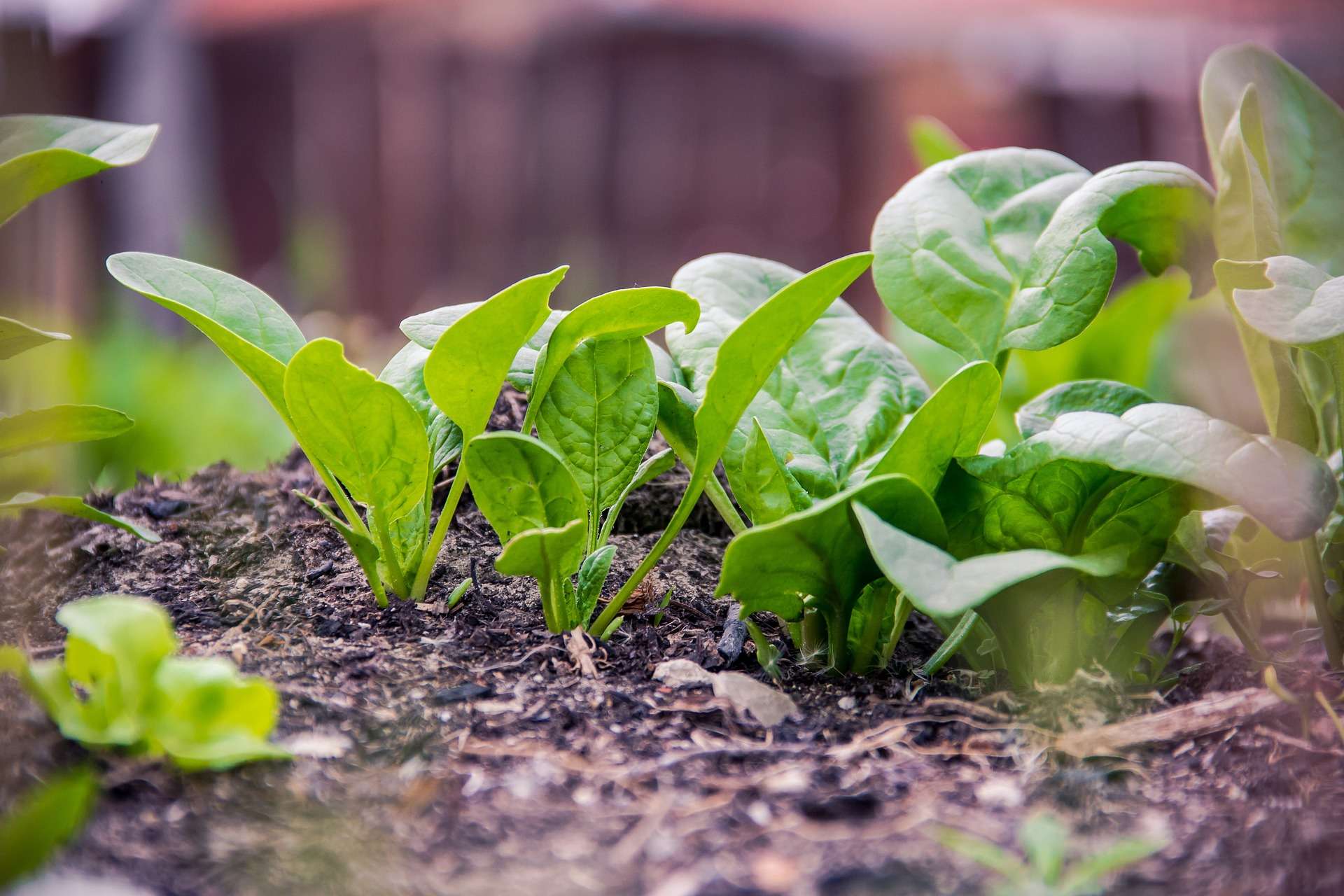
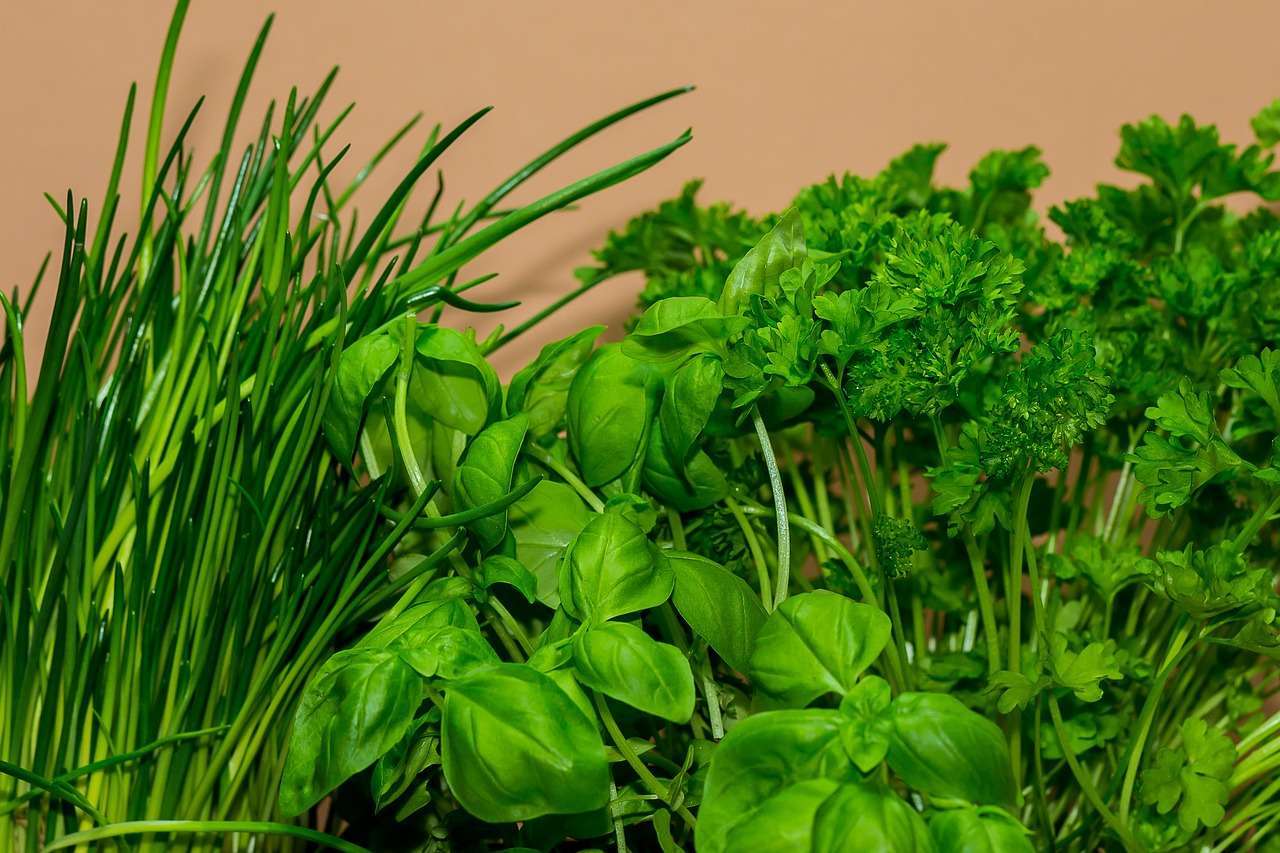
3. Supporting Biodiversity:
Organic seeds and plants are typically derived from heirloom or open-pollinated varieties. These varieties have been passed down through generations, preserving genetic diversity and unique traits. By selecting organic seeds and plants, you contribute to the conservation of biodiversity and help maintain a resilient ecosystem in your garden.
4. Promoting Sustainable Agriculture:
Organic farming practices prioritize sustainability and environmental stewardship. By choosing organic seeds and plants, you support farmers who adhere to these principles. Organic agriculture reduces water pollution, conserves energy, and promotes the use of renewable resources. It also helps combat climate change by sequestering carbon in the soil and reducing greenhouse gas emissions.
5. Ensuring Organic Certification:
When you purchase organic seeds and plants from reputable sources, you can be confident that they have undergone rigorous certification processes. Organic certification ensures that the seeds and plants have been grown and handled according to strict organic standards. This guarantees that your garden truly aligns with organic principles.
Conclusion:
Selecting organic seeds and plants is a fundamental step in establishing a thriving organic garden. By choosing organic, you contribute to the health of the soil, minimize chemical exposure, support biodiversity, promote sustainable agriculture, and ensure the authenticity of your organic garden. So, whether you are a seasoned gardener or just starting out, make the conscious choice to go organic and reap the numerous benefits for yourself, your family, and the environment.
Remember, the journey towards organic gardening begins with the seeds and plants you select. Happy gardening!
Soil Preparation and Composting
The Importance of Soil Preparation for Organic Gardening
When it comes to organic gardening, one of the most crucial steps is proper soil preparation. Creating a healthy and fertile soil environment sets the foundation for successful plant growth and abundant harvests. In this article, we will explore the importance of soil preparation and provide valuable tips to help you achieve optimal results in your organic garden.
1. Understanding Soil Composition:
Before diving into soil preparation, it's essential to understand the composition of your soil. Soil is made up of various components, including sand, silt, clay, organic matter, and microorganisms. Conducting a soil test can help determine its pH level, nutrient content, and texture, enabling you to make informed decisions about amendments and fertilizers.
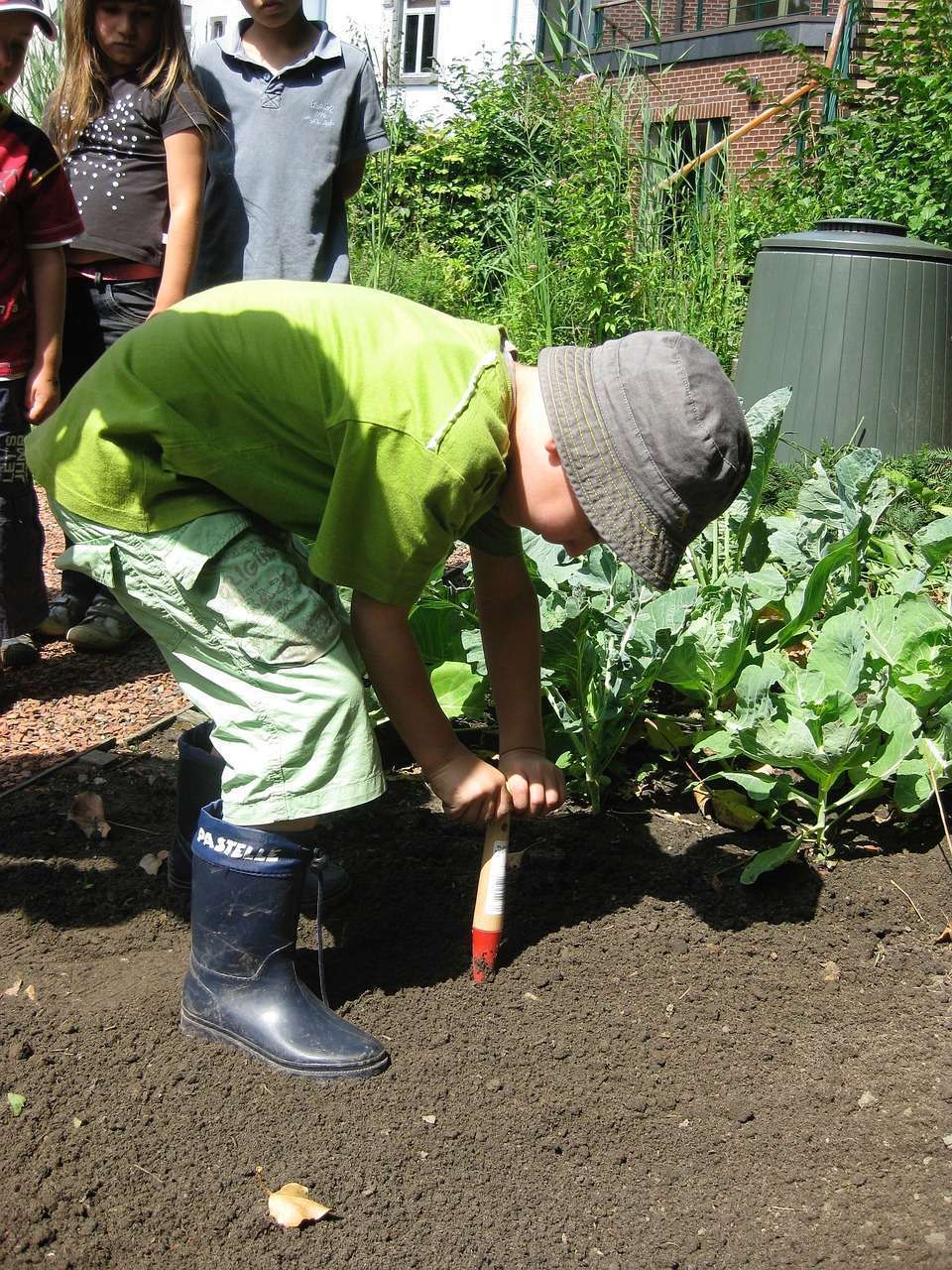
2. Enhancing Soil Structure:
Organic gardening emphasizes the importance of building healthy soil structure. Adding organic matter, such as compost, well-rotted manure, or leaf mold, improves soil structure by increasing its ability to retain moisture, nutrients, and beneficial microorganisms. Incorporating organic matter also enhances soil aeration and drainage, promoting root development and preventing waterlogging.
3. Balancing Soil pH:
Maintaining the correct pH level is crucial for optimal plant growth. Most vegetables and fruits thrive in slightly acidic to neutral soil conditions (pH 6.0-7.0). Conduct a soil test to determine the pH level of your soil. If necessary, adjust the pH by adding organic amendments like lime to raise pH or sulfur to lower pH. Balancing soil pH ensures that plants can efficiently absorb essential nutrients from the soil.
4. Adding Nutrients:
Organic gardening relies on natural sources of nutrients to nourish plants. Incorporating organic fertilizers, such as compost, bone meal, seaweed extract, or fish emulsion, provides a slow-release supply of nutrients. These organic amendments not only feed the plants but also improve soil fertility over time. Avoid synthetic fertilizers, as they can disrupt the delicate balance of the soil ecosystem.
5. Mulching:
Mulching is a beneficial practice that helps conserve moisture, suppress weeds, and regulate soil temperature. Organic mulches, such as straw, wood chips, or shredded leaves, break down over time, adding organic matter to the soil and enriching its nutrient content. Apply a layer of mulch around plants, leaving space around the stem to prevent rotting.
Conclusion:
Proper soil preparation is the cornerstone of successful organic gardening. By understanding your soil composition, enhancing its structure, balancing pH levels, adding organic nutrients, and utilizing mulching techniques, you can create a fertile and thriving environment for your plants. Remember, healthy soil leads to healthy plants, which in turn contribute to a sustainable and bountiful organic garden.
We hope this article has provided you with valuable insights into the importance of soil preparation for organic gardening. Happy gardening!
Compost is a nutrient-rich, dark, and crumbly material that is created through the decomposition of organic matter. It is commonly used as a natural fertilizer and soil amendment in gardening and agriculture. Composting involves the breakdown of organic materials such as food scraps, yard waste, leaves, and other biodegradable materials by microorganisms like bacteria, fungi, and worms.
This decomposition process results in the formation of compost, which is beneficial for improving soil structure, retaining moisture, and providing essential nutrients to plants. Composting is an environmentally friendly way to recycle organic waste and promote sustainable gardening practices.
The Importance of Composting:
It's crucial to spread awareness about the importance of composting. Composting is not only beneficial for the environment but also for our communities and future generations. Let's dive into why composting is so essential:
1️ Reducing Waste: Composting allows us to divert organic waste from landfills. By composting food scraps, yard trimmings, and other organic materials, we can significantly reduce the amount of waste that ends up in landfills, helping to minimize greenhouse gas emissions and the production of harmful leachate.
2️⃣ Enriching Soil: Compost is nature's gold! It's a nutrient-rich soil amendment that improves soil structure, enhances water retention, and promotes healthy plant growth. By adding compost to gardens, lawns, and agricultural fields, we can boost soil fertility, reduce the need for chemical fertilizers, and support sustainable agriculture.
3️⃣Conserving Resources: Composting is a fantastic way to close the loop in the natural cycle. Instead of relying solely on synthetic fertilizers, which require energy-intensive production processes, composting allows us to recycle organic waste and return valuable nutrients back to the soil. This helps conserve resources and promotes a more sustainable approach to gardening and farming.
4️⃣ Mitigating Climate Change: When organic waste decomposes in landfills, it produces methane, a potent greenhouse gas that contributes to climate change. Composting, on the other hand, promotes aerobic decomposition, which minimizes methane emissions. By composting, we can play a part in reducing our carbon footprint and combating climate change.
5️⃣ Building Community: Composting brings people together! It fosters a sense of community engagement and collaboration. Community composting initiatives, such as shared composting bins or neighborhood composting programs, not only help reduce waste but also create opportunities for education, networking, and building stronger, greener communities.
Let's embrace the power of composting and make a positive impact on our environment and communities. Start composting today, whether it's in your backyard, at a community garden, or by supporting local composting initiatives. Together, we can create a more sustainable and thriving future for all.
A Step-by-Step Guide on Making Compost:
Step 1: Choose a Composting Method
Decide on the composting method that suits your needs. You can choose between traditional composting in a bin or pile, vermicomposting using worms, or using a compost tumbler.
Step 2: Select a Composting Location
Find a suitable location for your compost pile or bin. It should be easily accessible, well-drained, and preferably in partial shade to prevent excessive drying or overheating.
Step 3: Gather Composting Materials
Collect a mix of "green" and "brown" materials. Green materials include fruit and vegetable scraps, grass clippings, and coffee grounds. Brown materials include dry leaves, straw, shredded paper, and wood chips. Aim for a ratio of roughly 3 parts brown to 1 part green.
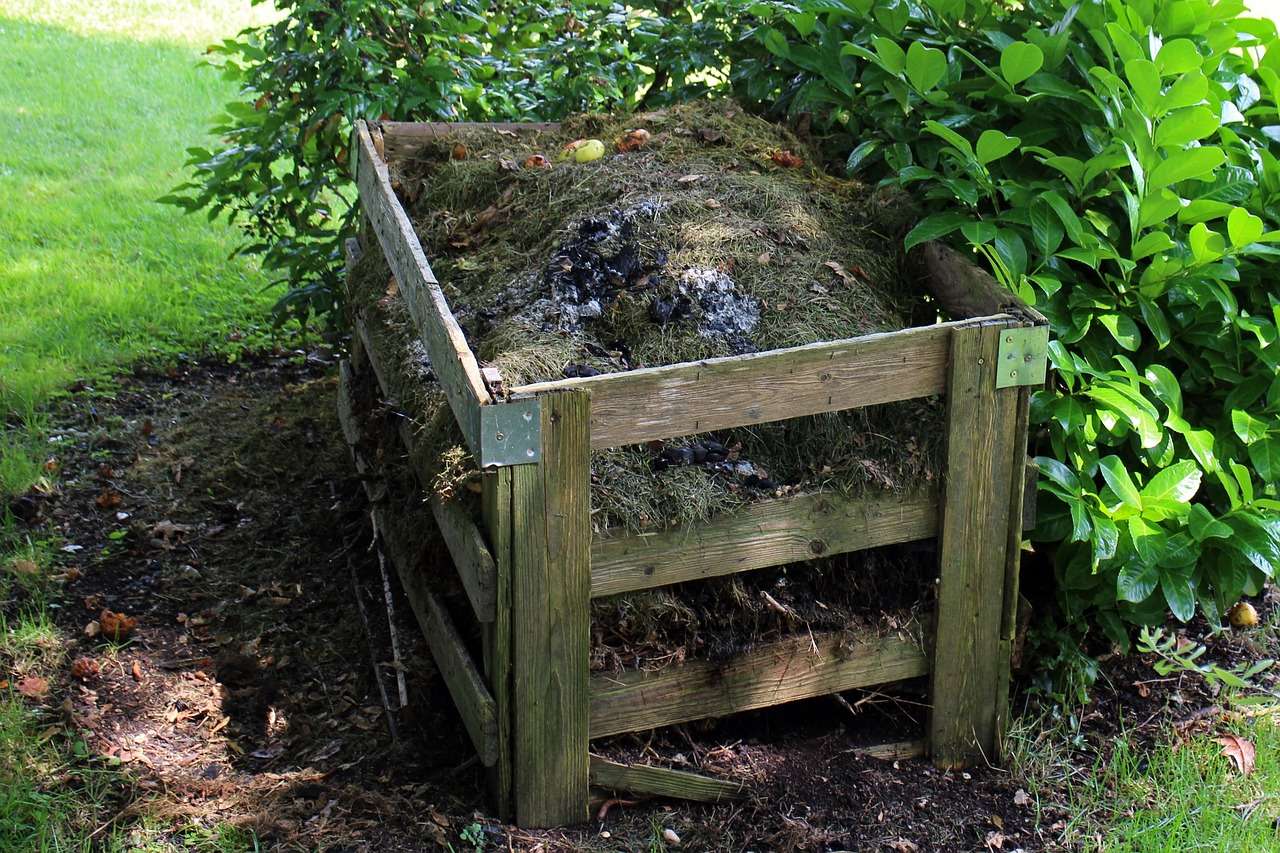
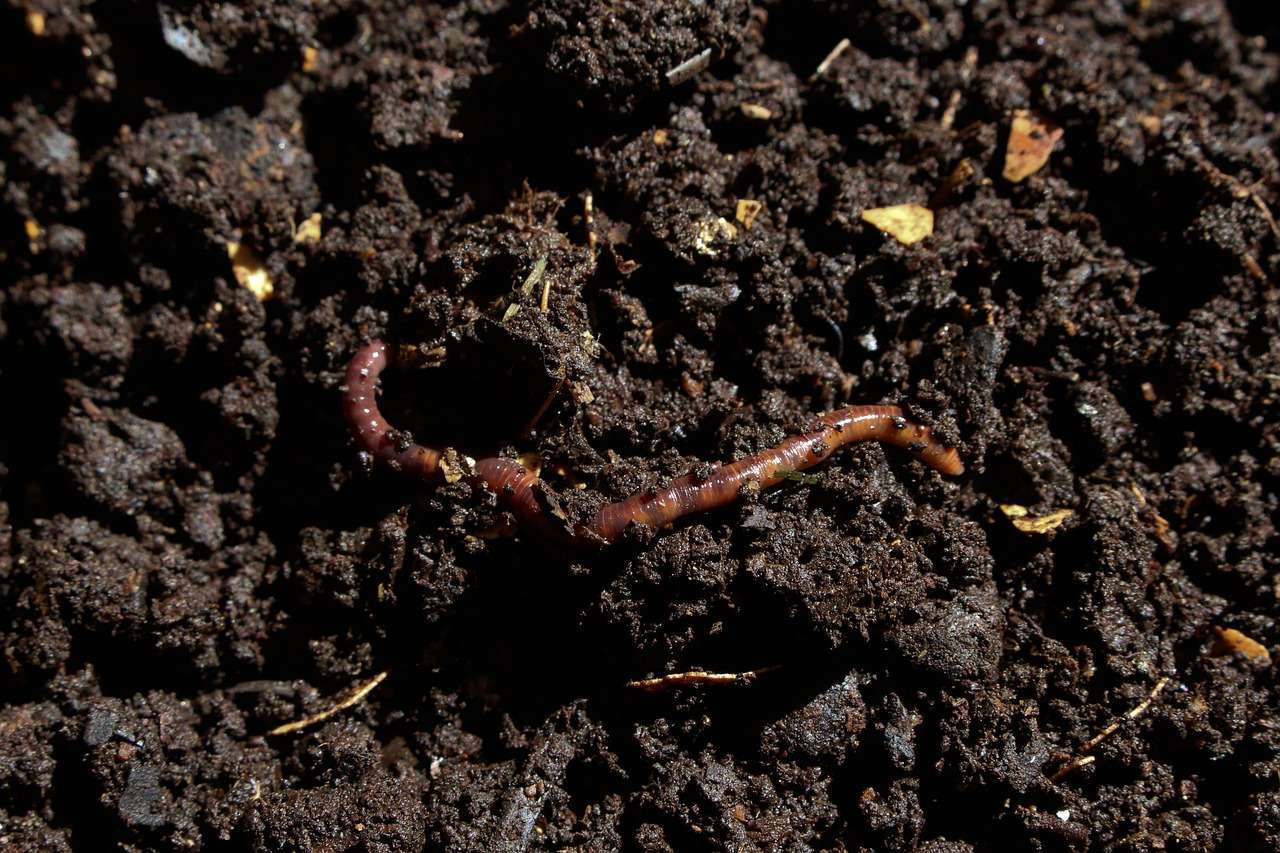
Step 4: Start Layering
Begin by adding a layer of brown materials as the base of your compost pile or bin. Then, add a layer of green materials on top. Continue alternating layers of brown and green materials until you've used up all your composting materials.
Step 5: Moisten the Pile
Ensure that your compost pile is moist but not overly wet. If it feels too dry, add some water to moisten it. If it feels too wet, add more dry brown materials to balance the moisture level.
Step 6: Turn the Compost Pile
Every few weeks, use a garden fork or shovel to turn the compost pile. This helps aerate the materials and speeds up the decomposition process. If you're using a compost tumbler, simply rotate it regularly.
Step 7: Monitor and Adjust
Regularly monitor the moisture level and temperature of your compost pile. It should feel like a damp sponge and have a temperature between 110-160°F (43-71°C). Adjust the moisture or add more brown or green materials as needed to maintain the right conditions.
Step 8: Wait and Let It Decompose
Allow the compost to decompose for several months. The process can take anywhere from a few months to a year, depending on various factors such as the materials used and the composting method.
Step 9: Harvest and Use the Compost
Once the compost has turned dark, crumbly, and earthy-smelling, it's ready to be harvested. Remove any large, undecomposed materials and use the finished compost in your garden beds, potted plants, or as a nutrient-rich top dressing.
Remember, composting is a natural process, so be patient and enjoy the journey of turning waste into valuable organic matter for your garden. Happy composting!
Pest Control and Weed Management
Organic Pest Control: Nurturing Your Garden Naturally

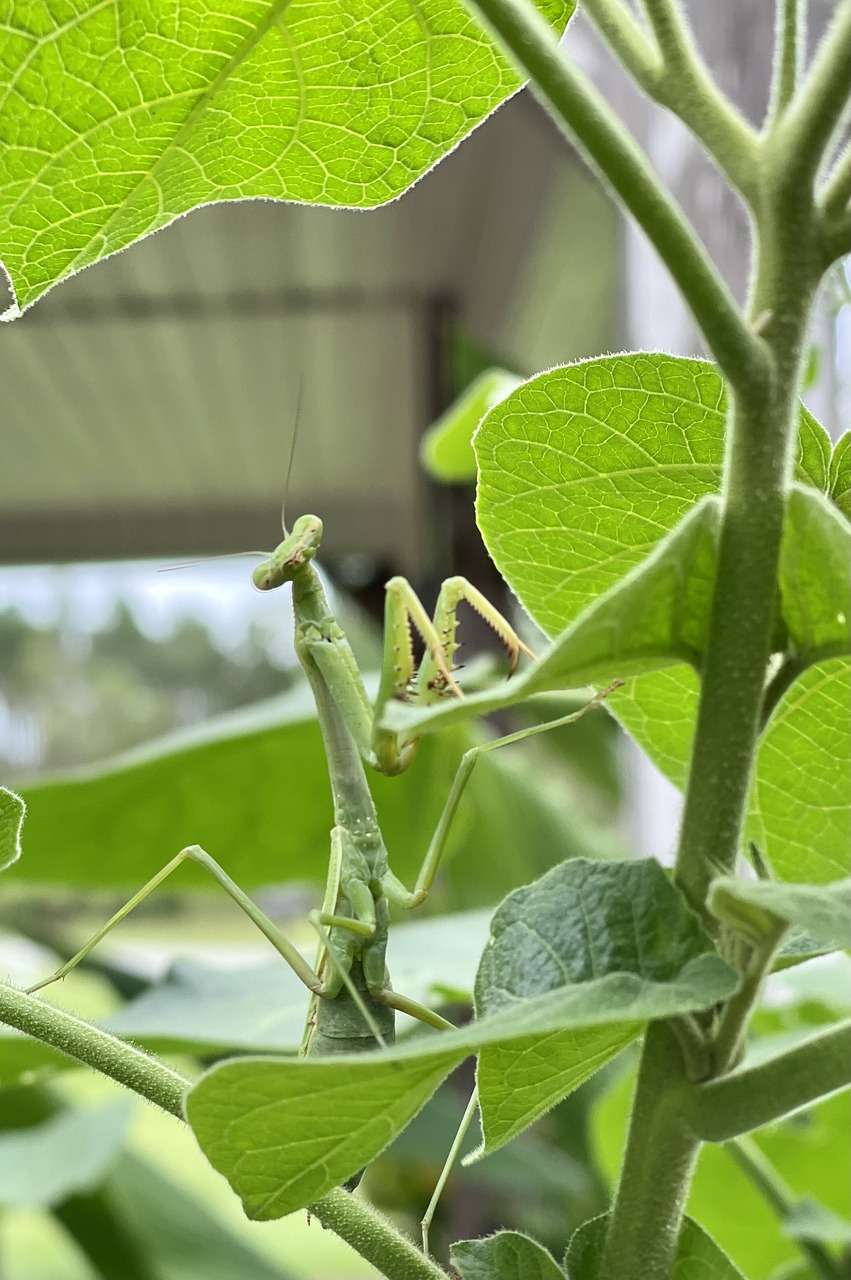
Maintaining a thriving organic garden is a rewarding experience, but it can sometimes be challenging to keep pests at bay without resorting to harmful chemicals. Fortunately, there are numerous organic pest control methods that can effectively protect your plants while preserving the health of your garden and the environment. In this article, we will explore some eco-friendly approaches to pest control that will help you maintain a harmonious balance in your organic oasis.
1. Companion Planting:
One of the most effective and natural ways to control pests is through companion planting. By strategically placing certain plants together, you can create a natural defense system. For example, marigolds emit a scent that repels many common garden pests, while attracting beneficial insects like ladybugs that feed on harmful pests.
2. Beneficial Insects:
Encouraging beneficial insects to take up residence in your garden is another organic pest control method. Ladybugs, lacewings, and praying mantises are natural predators that feed on aphids, mites, and other destructive insects. You can attract these helpful insects by planting flowers such as daisies, yarrow, and fennel, which provide them with nectar and shelter.
3. Homemade Pest Sprays:
Creating your own organic pest sprays is an effective and economical way to combat pests. For instance, a mixture of water, dish soap, and neem oil can be used to control aphids, mites, and whiteflies. Garlic and chili pepper sprays are also effective against a wide range of pests. These homemade remedies are safe for your plants and the environment.
- Physical Barriers:
Using physical barriers is another organic pest control technique. Installing row covers or netting can protect your plants from flying insects and birds. Additionally, placing copper tape around pots or raised beds can deter slugs and snails, preventing them from damaging your plants.5. Crop Rotation:
Implementing crop rotation is an essential practice in organic gardening. By rotating your crops each season, you disrupt the life cycles of pests that target specific plants. This reduces the risk of pest infestations and helps maintain the overall health of your garden.6. Soil Health:
Maintaining healthy soil is crucial for preventing pest problems. Healthy soil promotes strong plant growth, making them less susceptible to pests and diseases. Regularly adding compost, organic matter, and using natural fertilizers will improve soil fertility and create an environment that supports beneficial organisms, which in turn help control pests.Conclusion:
Organic pest control methods offer a sustainable and environmentally friendly approach to maintaining a healthy garden. By implementing techniques such as companion planting, attracting beneficial insects, using homemade sprays, employing physical barriers, practicing crop rotation, and nurturing soil health, you can effectively manage pests without compromising the integrity of your organic garden. Embrace these natural solutions and enjoy the beauty and abundance of your pesticide-free oasis. Happy gardening!
Harmful Effects of Chemical Pesticides and Herbicides
Chemical pesticides and herbicides can have several harmful effects on the environment, human health, and beneficial organisms. Here are some of the potential negative impacts:
1. Environmental damage: Chemical pesticides and herbicides can contaminate soil, water sources, and air, leading to the destruction of ecosystems and harming non-target organisms like bees, birds, and beneficial insects.
2. Health risks: Exposure to chemical pesticides and herbicides has been linked to various health issues, including respiratory problems, skin irritations, neurological disorders, and even certain types of cancer.
3. Soil degradation: Continuous use of chemical pesticides and herbicides can disrupt the natural balance of soil microorganisms, leading to reduced soil fertility and long-term damage to the ecosystem.
To practice organic gardening and minimize the use of chemical pesticides and herbicides, here are some natural alternatives you can consider:
1. Integrated Pest Management (IPM): This approach focuses on prevention and uses a combination of techniques such as crop rotation, companion planting, and physical barriers to manage pests and diseases.
2. Biological controls: Introduce beneficial insects like ladybugs, lacewings, or nematodes that naturally prey on pests, helping to control their populations.
3. Neem oil: Derived from the neem tree, neem oil acts as a natural insect repellent and can be effective against a wide range of pests.
4. Homemade sprays: Create your own organic sprays using ingredients like garlic, onion, chili peppers, or soap, which can help deter pests and control fungal diseases.
5. Mulching and weed management: Mulching with organic materials like straw or wood chips can suppress weed growth, reducing the need for herbicides. Hand weeding or using tools like a hoe can also be effective.
Remember, it's important to research and understand the specific needs of your plants and pests to choose the most appropriate natural alternatives.
Watering and Irrigation in an Organic Garden: Nurturing Your Plants Naturally
Watering and irrigation play a crucial role in maintaining a healthy and thriving organic garden. Proper watering techniques not only ensure the survival of your plants but also promote their growth and productivity. In this article, we will explore the importance of watering, discuss effective irrigation methods, and provide tips for conserving water in your organic garden.
The Importance of Watering:
Water is essential for all living organisms, and plants are no exception. Adequate watering helps plants absorb nutrients, maintain turgidity, and carry out vital biological processes. In an organic garden, where synthetic fertilizers and pesticides are avoided, proper watering becomes even more critical to support the natural growth and development of plants.
Effective Irrigation Methods:
1. Drip Irrigation: Drip irrigation is a highly efficient method that delivers water directly to the plant's root zone. It minimizes water wastage by reducing evaporation and runoff. Drip systems can be set up using hoses with small holes or specialized drip emitters, ensuring water is delivered precisely where it's needed.
2. Mulching: Applying a layer of organic mulch around plants helps retain moisture in the soil, reducing the frequency of watering. Mulch also acts as a barrier, preventing weed growth and protecting the soil from extreme temperature fluctuations.
3. Rainwater Harvesting: Collecting rainwater in barrels or tanks is an excellent way to conserve water and provide a natural source for irrigation. Install a rainwater harvesting system to capture and store rainwater, which can then be used to water your organic garden during dry spells.
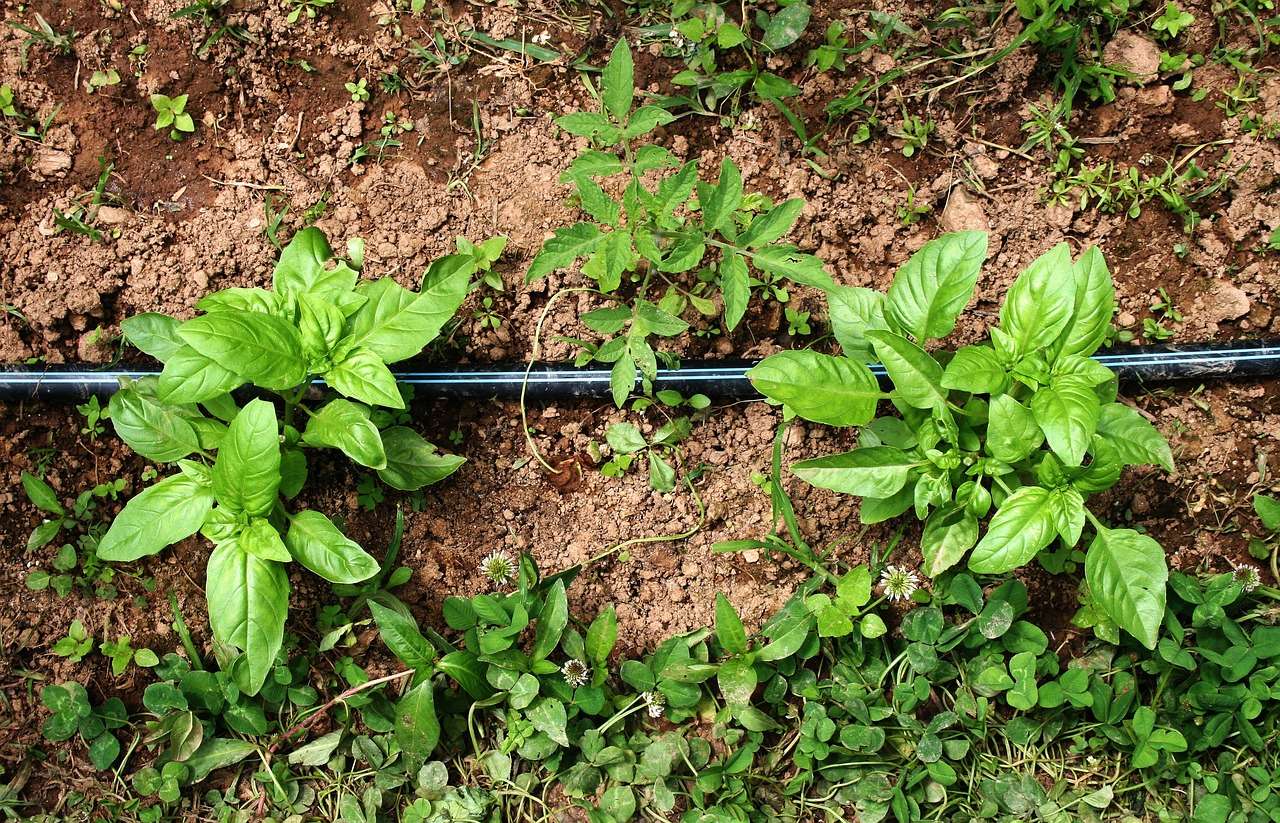
Tips for Water Conservation:
1. Watering Schedule: Establish a regular watering schedule based on the specific needs of your plants. Water deeply and less frequently to encourage deep root growth and reduce water loss through evaporation.
2. Time of Day: Water your garden early in the morning or late in the evening when temperatures are cooler. This helps minimize water loss due to evaporation and allows plants to absorb moisture more effectively.
3. Soil Moisture Monitoring: Use a moisture meter or simply check the soil with your finger to determine when it's time to water. Avoid overwatering, as it can lead to root rot and other plant diseases.
4. Companion Planting: Planting compatible species together can create a microclimate that retains moisture and reduces water requirements. For example, planting tall sunflowers alongside thirsty plants like tomatoes can provide shade and reduce water evaporation.
Conclusion:
Watering and irrigation are vital aspects of maintaining a successful organic garden. By implementing effective watering techniques and conservation strategies, you can ensure the health and productivity of your plants while minimizing water waste. Remember to tailor your watering practices to the specific needs of your plants and monitor soil moisture regularly. With proper care and attention, your organic garden will flourish, providing you with bountiful harvests and a sustainable gardening experience.
Harvesting and Storage
The Best Times to Harvest Organic Vegetables: Maximizing Flavor and Nutritional Value
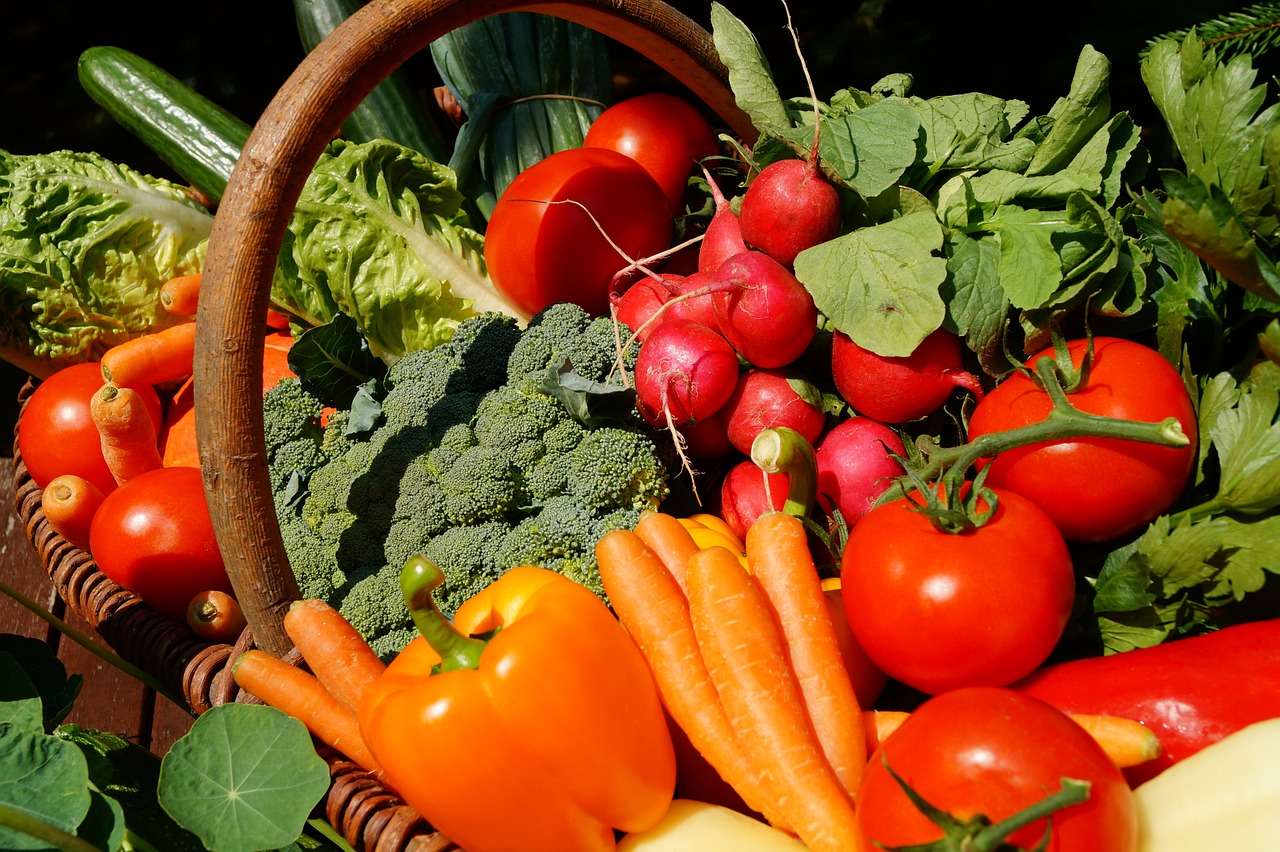
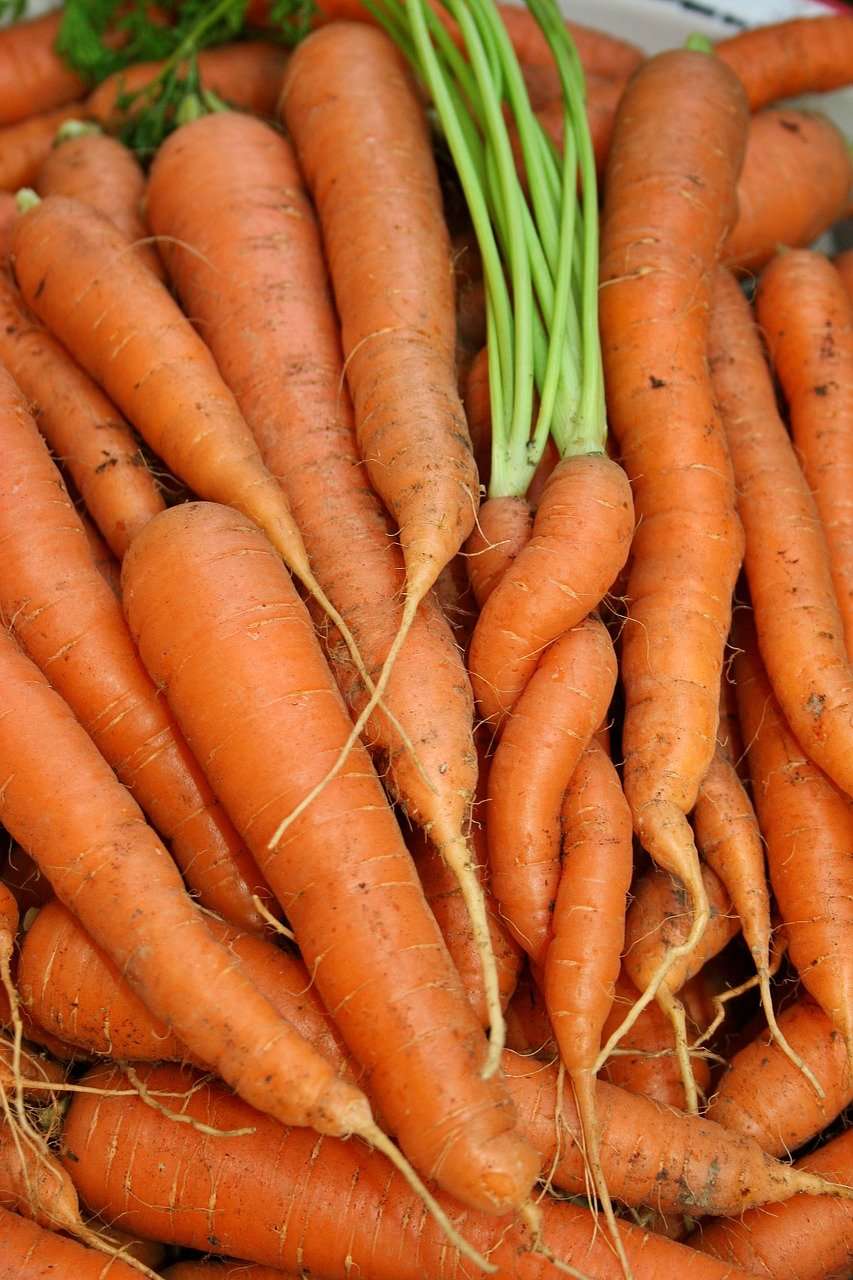
Organic vegetables are not only a healthy choice for our bodies, but they also contribute to a sustainable and environmentally friendly lifestyle. When it comes to harvesting organic vegetables, timing is crucial. Picking them at the right time ensures optimal flavor, texture, and nutritional value. In this article, we will explore the best times to harvest organic vegetables, allowing you to enjoy the freshest and most nutritious produce from your garden.
1. Leafy Greens:
Leafy greens, such as lettuce, spinach, and kale, are best harvested when the leaves are young and tender. For the most vibrant flavors, pick them in the morning before the heat of the day. Avoid harvesting during or after rainfall, as excess moisture can lead to wilting and a shorter shelf life.
2. Root Vegetables:
Root vegetables, including carrots, beets, and radishes, should be harvested when they have reached their full size. Gently loosen the soil around the base of the plant and pull them out carefully. Harvest root vegetables in the late afternoon or early evening when the sugar content is at its peak, resulting in sweeter and more flavorful produce.
3.Tomatoes:
Tomatoes are a staple in many organic gardens. To ensure the best taste and texture, pick them when they are fully ripe and have reached their desired color. Look for tomatoes that are firm but yield slightly to gentle pressure. Harvesting in the morning, after the dew has dried, will help preserve their flavor and reduce the risk of disease.
4. Peppers:
Peppers, whether sweet or hot, should be harvested when they have reached their mature size and color. For sweet peppers, wait until they have turned their full color, usually red, yellow, or orange. Hot peppers can be harvested when they have reached their desired level of spiciness. Harvesting peppers in the morning or evening, when temperatures are cooler, can help maintain their crispness and flavor.
5. Cucumbers:
Cucumbers are best picked when they are still firm and have a vibrant color. Avoid letting them grow too large, as they can become bitter and less enjoyable to eat. Harvest cucumbers in the morning, before the heat of the day, to retain their crispness and freshness.
Conclusion:
Harvesting organic vegetables at the right time is essential for maximizing their flavor, texture, and nutritional value. By following these guidelines, you can ensure that your organic garden provides you with the freshest and most delicious produce possible. Remember to consider the specific characteristics of each vegetable and the optimal harvesting conditions for each type. Enjoy the satisfaction of picking your own organic vegetables and savor the incredible taste and health benefits they offer. Happy harvesting!
The Best Times to Pick Organic Fresh Fruits: A Guide to Optimal Flavor and Nutrition
Organic fresh fruits are not only delicious but also packed with essential nutrients. To fully enjoy the flavors and reap the maximum nutritional benefits, it's important to know the best times to pick these fruits. In this article, we will explore the optimal harvesting periods for some popular organic fruits, ensuring that you can savor their peak taste and nutritional value.
1. Apples:
Apples are typically harvested in the late summer and early fall, depending on the variety. To determine if an apple is ready for picking, gently lift it and check if it easily detaches from the tree. Look for firm, vibrant-colored apples with a sweet aroma. Remember, different apple varieties have varying ripening times, so consult local resources or orchard experts for specific recommendations.
2. Berries:
Strawberries, blueberries, raspberries, and blackberries are best picked when they are fully ripe. Look for berries that are plump, brightly colored, and easily detach from the plant. For strawberries, wait until they are fully red and have a sweet fragrance. Berries are delicate, so handle them with care to avoid bruising.
3.Citrus Fruits:
Citrus fruits, such as oranges, lemons, and grapefruits, are typically harvested in the winter months when they reach their peak flavor. The best way to determine if a citrus fruit is ready for picking is by its color. Bright, vibrant hues indicate ripeness. Additionally, citrus fruits should feel heavy for their size and have a slight give when gently squeezed.
4. Stone Fruits:
Stone fruits like peaches, plums, and cherries are best picked when they are fully ripe and have a sweet aroma. Gently press the fruit near the stem; if it yields slightly, it is ready to be picked. Stone fruits should also have vibrant colors and a firm yet juicy texture. Keep in mind that some varieties may have different ripening times, so consult local resources or farmers for specific recommendations.
5. Melons:
Melons, such as watermelons and cantaloupes, are harvested when they have reached full maturity. For watermelons, look for a dull skin color, a yellowish underside, and a hollow sound when tapped. Cantaloupes should have a sweet aroma and a slight give at the blossom end. Both types of melons should feel heavy for their size.
Conclusion:
Picking organic fresh fruits at their peak ripeness ensures optimal flavor and nutritional value. By following these guidelines, you can enjoy the best-tasting fruits while reaping the maximum health benefits they offer. Remember to consult local resources, farmers, or orchard experts for specific recommendations based on your region and fruit variety. So, the next time you go fruit picking, keep these tips in mind and savor the deliciousness of organic fresh fruits at their prime!
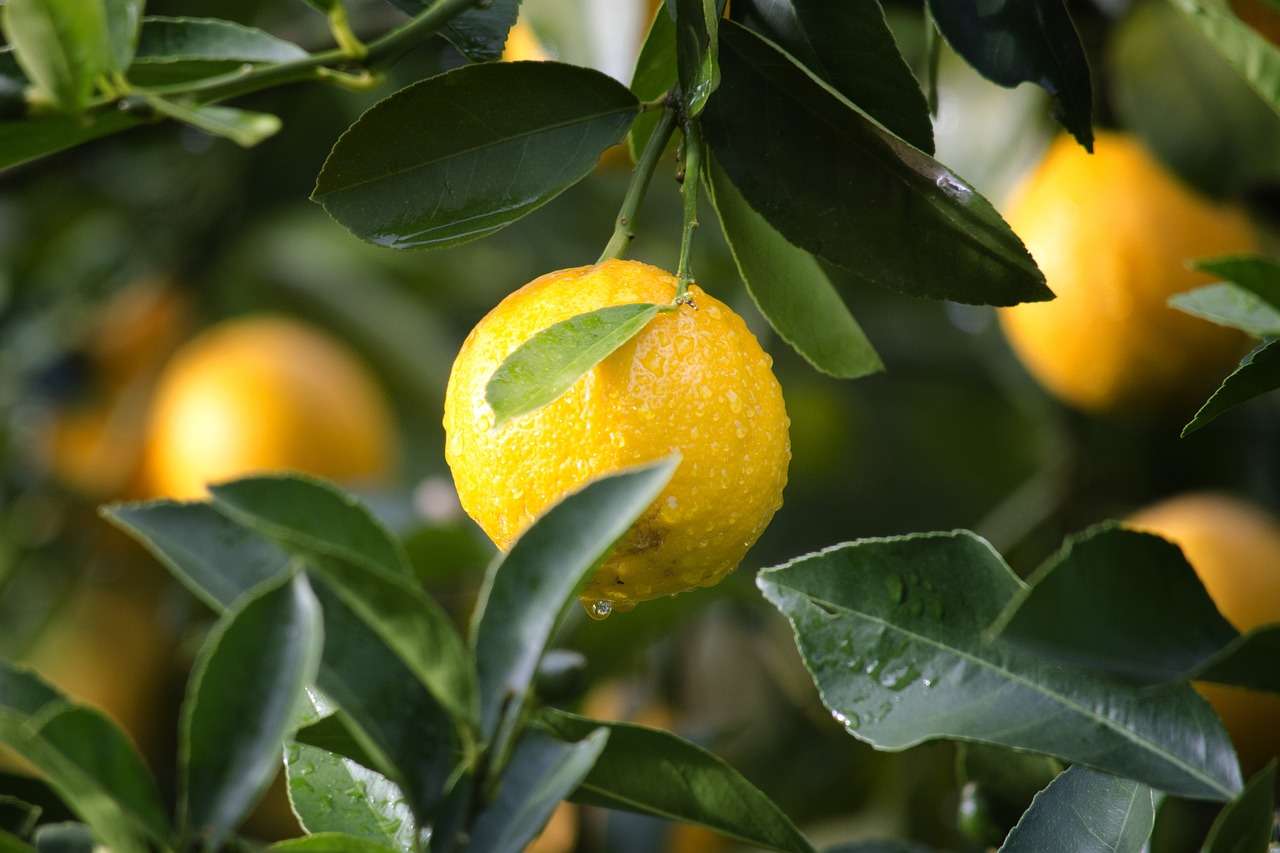
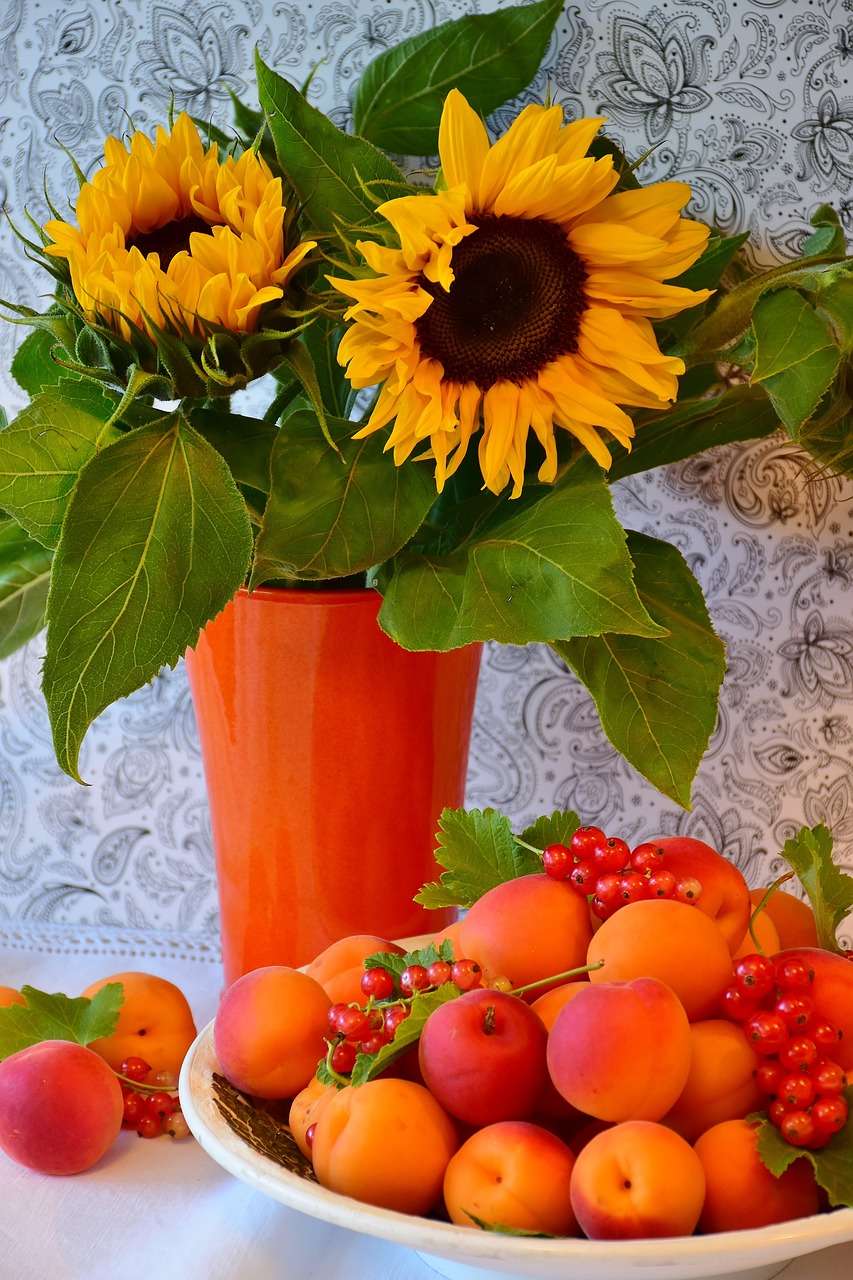
Storing and Preserving Fresh Produce
Preserving and storing fruits and vegetables through bottling or freezing is a great way to extend their shelf life and enjoy their flavors even when they are out of season. Here are some tips on how to effectively preserve and store your produce using these methods:
Bottling:
1. Choose fresh and ripe fruits or vegetables for bottling. Ensure they are free from any bruises or blemishes.
2. Wash the produce thoroughly to remove any dirt or debris.
3. Prepare a syrup or brine solution based on the type of fruit or vegetable you are bottling. This can be a simple sugar syrup or a vinegar-based brine.
4. Blanch the fruits or vegetables by briefly immersing them in boiling water, then transfer them to an ice bath to stop the cooking process.
5. Pack the blanched produce into sterilized glass jars, leaving some headspace at the top.
6. Pour the prepared syrup or brine over the produce, ensuring they are fully covered.
7. Seal the jars tightly and process them in a water bath or pressure canner according to the recommended processing time for the specific fruit or vegetable.
8. Store the sealed jars in a cool, dark place. Properly processed and sealed jars can last for up to a year.
Freezing:
1. Select fresh and high-quality fruits or vegetables for freezing. Wash them thoroughly and remove any stems, seeds, or peels as necessary.
2. Blanch the produce by briefly immersing them in boiling water, then transfer them to an ice bath to cool down quickly.
3. Drain the blanched produce and pat them dry to remove excess moisture.
4. Pack the prepared fruits or vegetables into airtight freezer-safe containers or freezer bags. Remove as much air as possible to prevent freezer burn.
5. Label the containers with the name and date of freezing for easy identification.
6. Place the containers in the freezer, ensuring they are arranged in a single layer initially for faster freezing.
7. Once frozen, you can stack the containers to save space.
8. Frozen fruits and vegetables can typically last for 8-12 months in the freezer.
Remember to always follow proper food safety guidelines when preserving and storing fruits and vegetables. It's essential to maintain cleanliness, use appropriate containers, and monitor storage conditions to ensure the best quality and safety of your preserved produce.
